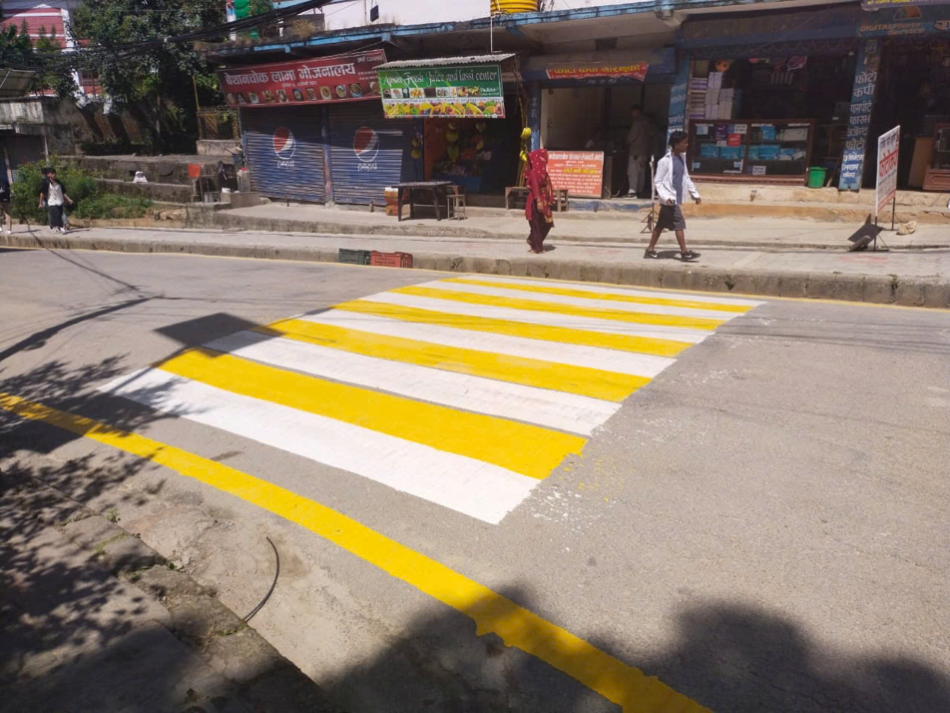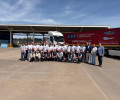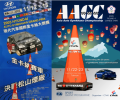Safer Journeys for Kids: Improving Safety Around Schools in FIA Region II
The AIP Foundation and International Road Assessment Programme (iRAP) collaborated with FIA Region II Clubs to deliver a Star Rating for Schools assessment programme with funding support from the FIA Foundation.

The aim of the programme, held throughout 2024, was to build the capacity of Region II Clubs to implement speed management and other school zone safety measures and provide in-country support to select Region II Clubs for adopting structured school safety programmes
The project consisted of two parts – a training session for Clubs across the Region, and a funding round to support one Club in implementing its own structured school safety assessment programme.
17 participants from 10 Clubs attended the training session. These participants – from Indonesia, Botswana, Taiwan (China), Bangladesh, India, Sri Lanka, Nepal, Japan, Cambodia, and the Philippines – learnt about design solutions, funding mechanisms for school safety programmes, practices and lessons learned from engaging government, and building an M&E framework.
After the fourth and final training session, 100% of post-training survey respondents said that they were satisfied with the course, and more than 71% of respondents said that course information was highly relevant and useful to the Clubs.
Following the training, Clubs were given the opportunity to apply for a structured school safety programme grant. After a thorough review of applications, the Nepal Automobiles' Association (NASA) was selected because their application provided co-funding with the government, which also committed an additional 4 million Nepal rupees to continue the infrastructure upgrade and maintenance work until July 2025.
NASA aimed to carry out road safety modifications and training at two school zones in Lalitpur, Kathmandu and Dhulikhel municipality in Bagmati province. The schools were selected based on the number of students walking and using public transportation to get to school, the volume of heavy vehicle traffic, a low star rating (1 star) and the lack of proper signage in the nearby area.
In Lalitpur, modifications included new zebra crossing, road markings, fences on footpaths and signs. The school management board also agreed to introduce crossing supervisors to help ensure the safety of students. After the intervention, the operating speed at Adarsha Saula Yubak Higher Secondary School in Lalitpur was reduced from 59km/h to 35km/h, resulting in the star rating increase from 1 star to 4.2 stars.
In Dhulikhel, NASA received support from local authorities, school management board and residents to conduct the intervention. It was the first time that a vibrant zebra crossing was drawn in Nepal, setting a new pedestrian safety initiative and raising community awareness. After the modification, the operating speed was reduced to under 30km/h, and the star rating in Dhulikhel’s Shree Sanjiwani Higher Secondary School increased from 1 star to 4.5 stars.

 Facebook
Facebook Twitter
Twitter




